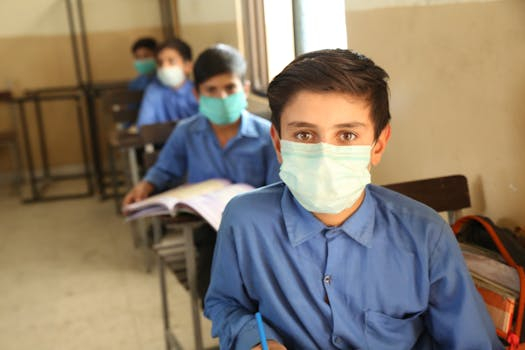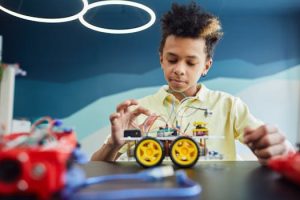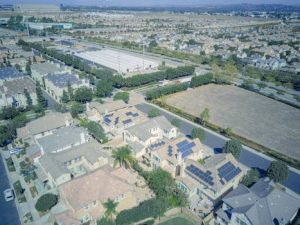Social-Emotional Learning: Building Resilience in the Classroom
Social-Emotional Learning (SEL) is a crucial component of education that focuses on the development of students’ social and emotional skills. In recent years, there has been a growing recognition of the importance of SEL in building resilience in the classroom. As students face a variety of challenges both inside and outside of school, it is vital to equip them with the necessary skills to overcome these obstacles and thrive in their academic and personal lives.
The Importance of Social-Emotional Learning
In today’s fast-paced and interconnected world, students are constantly exposed to stress, pressures, and distractions. These can have a significant impact on their mental health, well-being, and academic success. SEL helps students develop the necessary skills to navigate these challenges and build resilience, which is key to their overall growth and development.
SEL involves teaching students how to recognize and manage their emotions, establish and maintain positive relationships, make responsible decisions, and handle difficult situations effectively. These skills not only help students in the classroom but also in their personal and professional lives, making SEL a lifelong asset.
Building Resilience in the Classroom
Resilience is the ability to bounce back from challenges and setbacks. It is a crucial skill that helps students cope with failures, setbacks, and difficulties in a positive way. Building resilience in the classroom involves creating a safe and inclusive environment where students feel supported, valued, and motivated to learn and grow.
One of the most effective ways to build resilience is by incorporating SEL practices into the curriculum. By teaching students how to manage their emotions, develop positive relationships, and make responsible decisions, educators can equip them with the necessary skills to overcome challenges and persevere in the face of adversity.
In addition, incorporating activities and discussions that encourage self-reflection and self-awareness can also help students build resilience. These practices not only help students develop a better understanding of their emotions, but also teach them how to regulate and cope with difficult situations.
The Role of Educators
Educators play a vital role in promoting SEL and building resilience in the classroom. By modeling healthy behaviors and positive communication, educators can create a positive and supportive learning environment that encourages students to open up, express themselves, and build healthy relationships.
In addition, educators can also teach students relaxation and mindfulness techniques, which have been shown to reduce stress and promote well-being. By incorporating these practices into their lessons, educators can help students develop resilience and better cope with the challenges they face.
Incorporating SEL into the Curriculum
There are various ways to incorporate SEL into the curriculum, including incorporating SEL skills into subject-specific lessons or dedicating specific time for SEL activities and discussions. Some examples of SEL skills that can be incorporated into different subjects are:
Math:
- Problem-solving and decision-making skills
- Critical thinking and analytical skills
Language Arts:
- Effective communication and active listening skills
- Empathy and understanding of different perspectives
Science:
- Self-awareness and self-regulation of emotions
- Teamwork and collaboration skills
Social Studies:
- Respect for diversity and understanding of different cultures
- Building and maintaining positive relationships
Conclusion
Social-Emotional Learning is essential for building resilience in the classroom. By providing students with the necessary skills to manage their emotions, develop positive relationships, and cope with challenges, educators can help them thrive academically and personally. As educators, it is our responsibility to create a safe and supportive learning environment that promotes SEL and equips our students with the skills they need to succeed in the 21st century.








